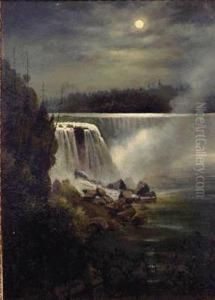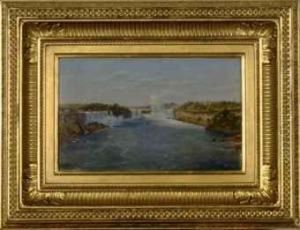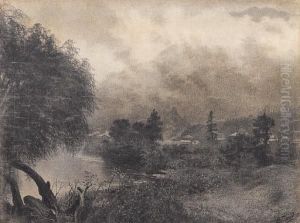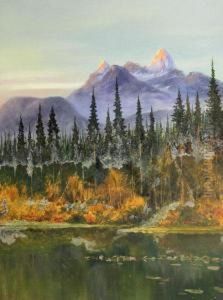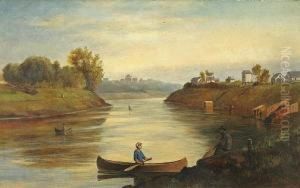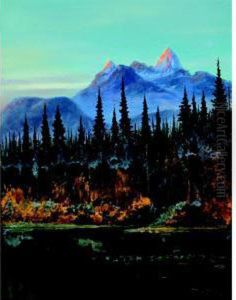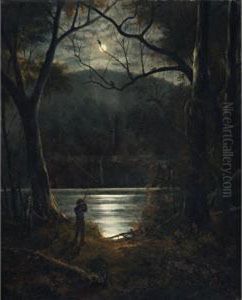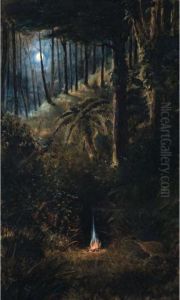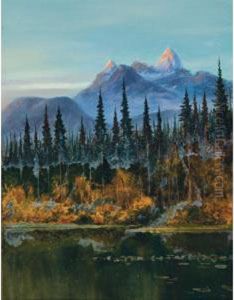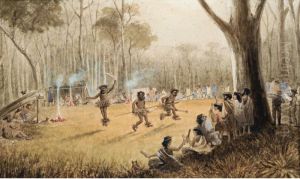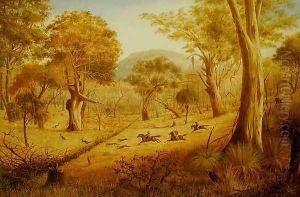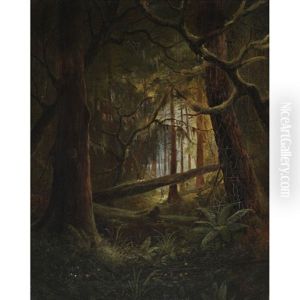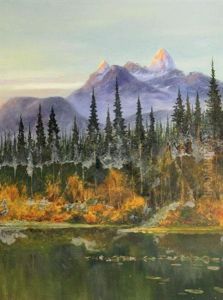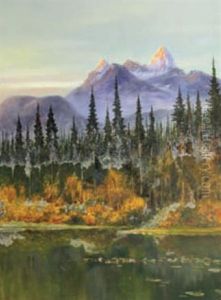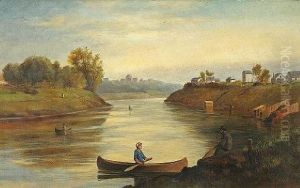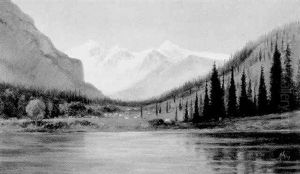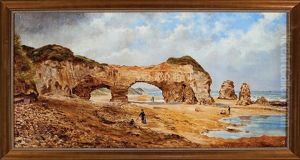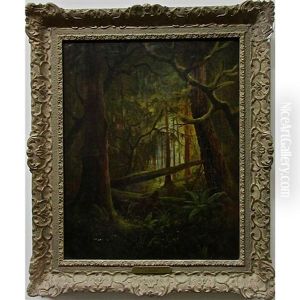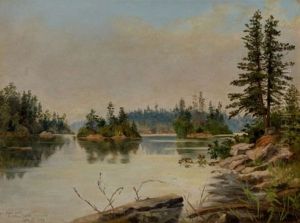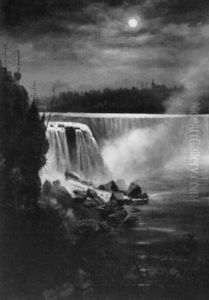Edward Roper Paintings
Edward Roper was a British-born artist, author, and adventurer who spent a significant part of his life in Canada. Born in 1833 in England, Roper developed an early interest in art and exploration. His career was not limited to painting; he was also a soldier and an engineer, which took him to various corners of the world, including North America.
Roper's adventurous spirit led him to travel extensively, and these travels became the primary source of inspiration for his artwork. He is particularly noted for his vivid watercolor landscapes that depict the rugged beauty of Canada's British Columbia during the late 19th century. Roper's works are valuable for their historical significance as they capture the transformation of the Canadian landscape during a time of rapid development and colonization.
Despite facing the challenges of being an artist in a frontier society, Roper managed to illustrate and write about his experiences. One of his notable contributions is the book 'By Track and Trail: A Journey Through Canada,' which includes both his written observations and illustrations of the Canadian scenery and life during his travels.
Edward Roper passed away in 1909, leaving behind a legacy that provides insight into the Canadian frontier during the Victorian era. His works continue to be appreciated for their artistic quality and as a historical record of a bygone time. Today, his paintings can be found in various art galleries and collections in Canada and the United Kingdom.
